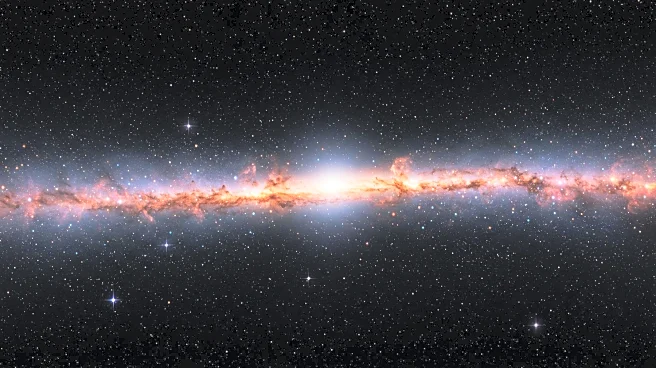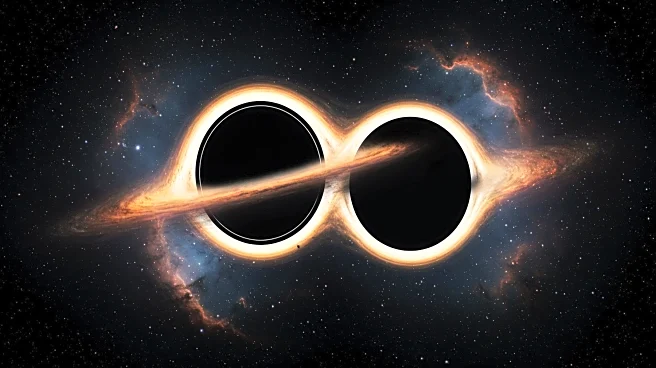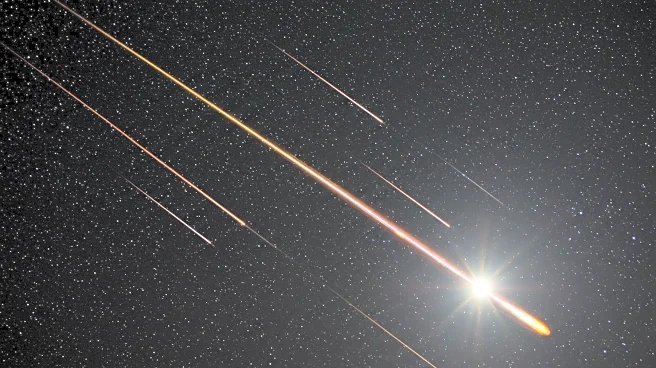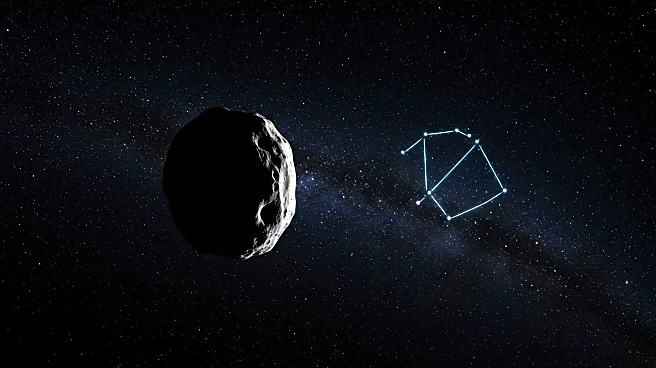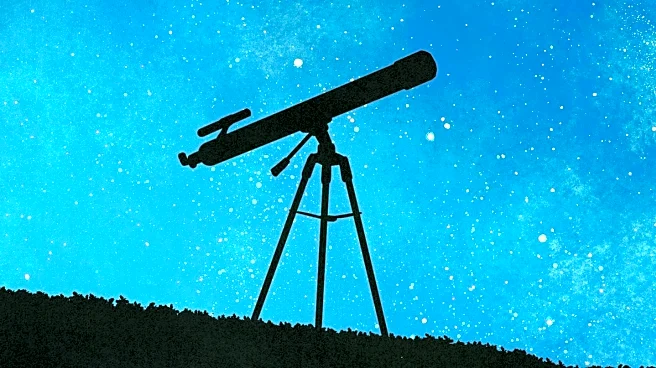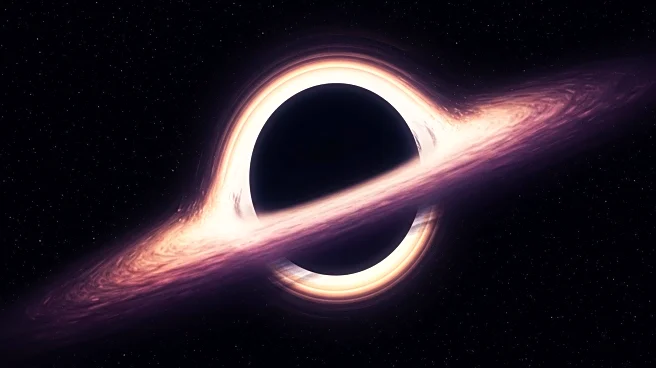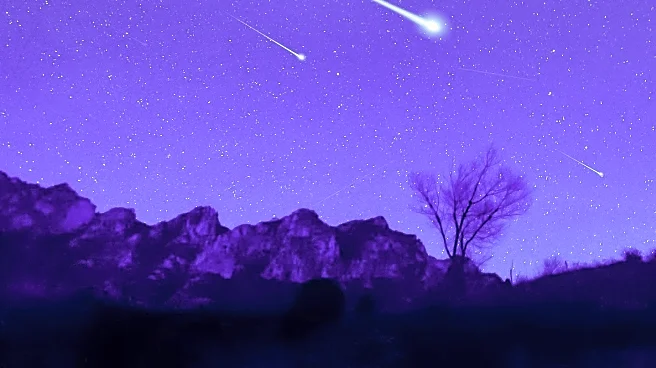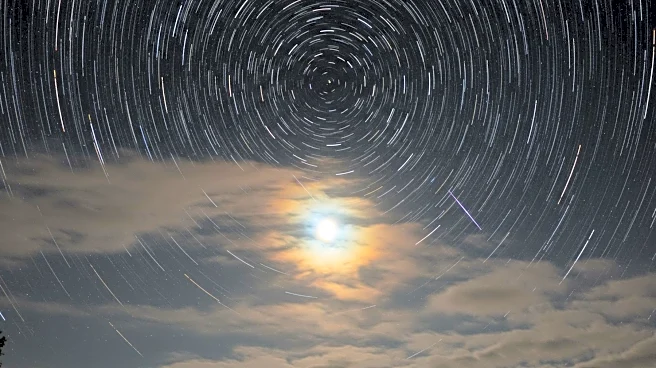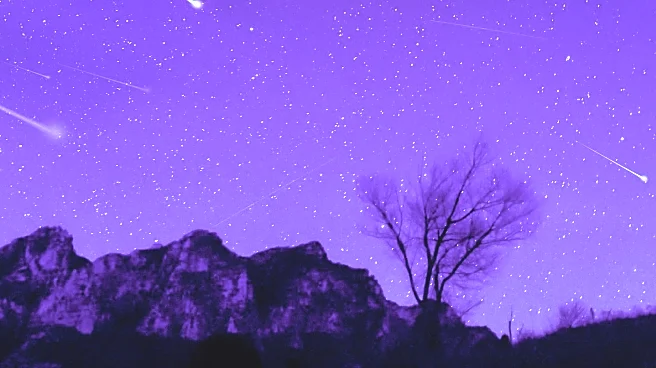Rapid Read • 7 min read
Astronomers have discovered a new type of supernova, SN 2023zkd, likely resulting from the merger of a dying star and its black hole companion. This discovery was made using an AI algorithm, the Light curve Anomaly Identification and Similarity Search (LAISS), which flagged the explosion as anomalous. SN 2023zkd exhibited unusual pre-explosion brightening and a double-peaked light curve post-explosion, deviating from typical Type IIn supernovae behavior. The analysis suggests the supernova resulted from a merger between a massive star and a black hole, evidenced by precursor emissions and shockwave interactions with ejected material.
AD
This discovery represents the strongest evidence to date for a supernova triggered by a star-black hole merger, highlighting the potential of AI in identifying rare astronomical events. The findings challenge existing theories about stellar death and suggest a new class of supernovae. The use of AI in astronomy is proving crucial for spotting rare cosmic events in time for detailed study, paving the way for future discoveries. The research underscores the importance of AI in revolutionizing the field of astronomy, enabling scientists to identify and decode similar explosions in the future.
The findings will be published in the upcoming issue of the Astrophysical Journal. As next-generation observatories like the Vera C. Rubin Observatory begin to generate an unprecedented flood of data, intelligent systems like LAISS will be indispensable. These systems will enable astronomers to identify and study more of these rare, complex events, helping to build a clearer picture of how massive stars live and die in binary systems. The discovery of SN 2023zkd provides a blueprint for an entirely new class of stellar death, promising more discoveries to come.
AD
More Stories You Might Enjoy
